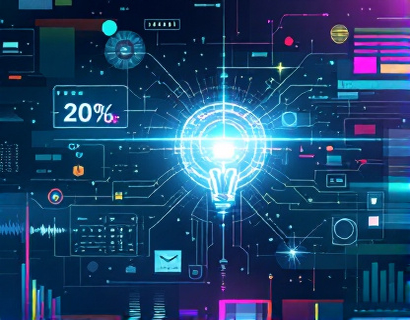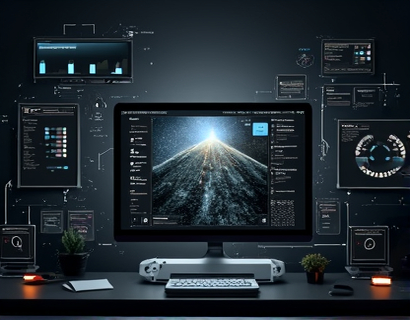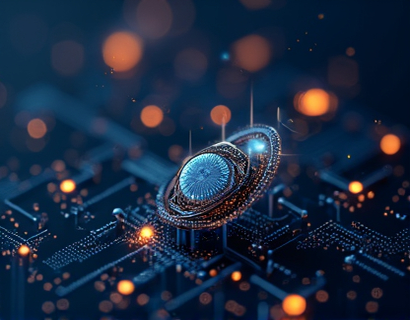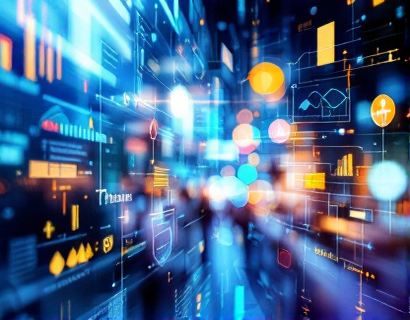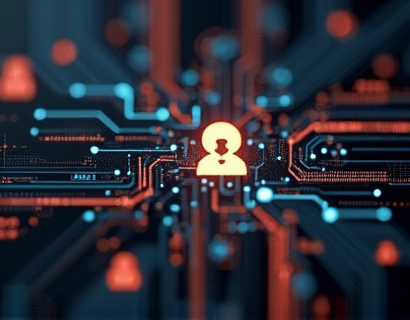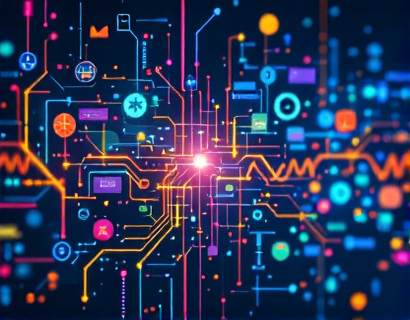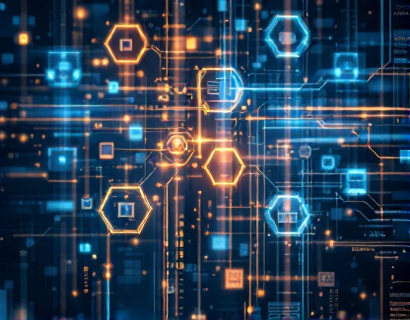Empowering Accessible Learning: A Comprehensive Guide to Educational Resources
In the digital age, the landscape of education has transformed dramatically, offering unprecedented opportunities for students and lifelong learners. The quest for knowledge is no longer confined to traditional classrooms or limited by geographical boundaries. A comprehensive digital library stands as a beacon, providing a rich collection of resources designed to empower individuals from all walks of life. This article delves into the significance of accessible learning and explores the wealth of educational materials available to foster personal growth and a deep love for learning.
The Importance of Accessible Education
Accessible education is not just a trend; it is a fundamental right that ensures everyone, regardless of their background or abilities, has the opportunity to learn and grow. The concept of accessibility in education encompasses more than just physical access to learning materials. It involves creating an inclusive environment where all learners can engage with content in a way that suits their needs. This includes providing materials in various formats, such as text, audio, and video, to accommodate different learning styles and requirements.
Benefits of Accessible Learning Resources
The benefits of accessible learning resources are manifold. For students, these resources can significantly enhance the learning experience by making complex concepts more understandable and engaging. Interactive courses and multimedia content can cater to diverse learning preferences, thereby improving retention and comprehension. Lifelong learners, on the other hand, can continue to expand their knowledge base and skills without the constraints of traditional educational settings. Accessible resources also promote independence and self-confidence, encouraging individuals to pursue their interests and goals with enthusiasm.
Types of Educational Resources Available
The array of educational resources available today is vast and varied. Here are some of the key types of materials that form the backbone of a comprehensive digital library:
- Articles and Blog Posts: These provide in-depth insights into various subjects, from science and technology to arts and humanities. They are often written by experts in their fields and offer a wealth of information that can be easily accessed and shared.
- E-books and Digital Textbooks: These digital versions of traditional books offer flexibility and convenience. They can be read on multiple devices, making it easier for learners to study on the go. Many e-books also include interactive features such as hyperlinks, videos, and quizzes to enhance the learning experience.
- Interactive Courses and Webinars: These structured learning programs offer guided instruction and real-time interaction with instructors and peers. They are particularly beneficial for those who prefer a more guided approach to learning and want to engage in discussions and collaborative activities.
- Video Tutorials and Lectures: Visual learners will appreciate this format, which combines visual and auditory elements to explain complex topics. Video content can be paused, rewatched, and accessed at any time, providing a flexible learning experience.
- Podcasts and Audiobooks: For those who prefer listening, podcasts and audiobooks are excellent resources. They can be consumed during commutes, workouts, or any other activity, making learning a seamless part of daily life.
- Interactive Simulations and Games: These tools make learning fun and engaging, especially for subjects like mathematics, science, and history. Simulations allow learners to experiment and explore concepts in a safe and controlled environment, while educational games can reinforce learning through gamification.
Creating an Inclusive Learning Environment
To truly empower accessible learning, it is crucial to create an environment that is inclusive and supportive. This involves several key considerations:
First, the digital platform itself must be designed with accessibility in mind. This includes ensuring that websites and applications are compatible with screen readers, have clear and consistent navigation, and use alt text for images. Second, the content should be diverse and representative, reflecting a wide range of perspectives and experiences. This not only enriches the learning experience but also helps to break down barriers and foster a sense of belonging among all learners. Third, providing support and resources for learners with disabilities is essential. This can include offering transcripts for audio content, providing captions for videos, and ensuring that all interactive elements are keyboard accessible.
Community and Collaboration
One of the most powerful aspects of a digital library is the sense of community it can foster. Learners from around the world can connect, share ideas, and collaborate on projects. Online forums, discussion boards, and social media groups provide platforms for learners to ask questions, share resources, and offer support to one another. This community aspect not only enhances the learning experience but also builds a network of like-minded individuals who can inspire and motivate each other.
Personal Growth and Lifelong Learning
In an era where change is the only constant, the ability to adapt and continuously learn is more important than ever. Accessible educational resources play a pivotal role in supporting lifelong learning. Whether you are a student starting your academic journey or a professional looking to upskill, these resources offer the flexibility and variety needed to pursue your goals. The convenience of digital learning allows you to fit education into your busy schedule, making it easier to balance work, family, and personal development.
How to Get Started
Embarking on a journey of accessible learning is simpler than you might think. Here are some steps to help you get started:
- Identify Your Goals: Determine what you want to achieve through your learning. Whether it's improving a specific skill, gaining knowledge in a new subject, or simply expanding your horizons, clear goals will guide your selection of resources.
- Explore the Platform: Visit the digital library and explore the different sections and categories. Most platforms offer a user-friendly interface with search functions to help you find relevant content quickly.
- Start with What Interests You: Begin with topics that genuinely interest you. This will keep you motivated and engaged. Whether it's a fascinating article, a captivating video, or an interactive course, choose something that sparks your curiosity.
- Engage with the Community: Join forums, participate in discussions, and connect with other learners. This will not only enhance your learning but also provide a supportive network of peers.
- Be Consistent: Set a regular study schedule and stick to it. Consistency is key to making progress and retaining information.
Conclusion
The future of education is bright, thanks to the advancements in digital technology and the growing emphasis on accessible learning. A comprehensive digital library offers a treasure trove of resources that can transform the way we learn and grow. By leveraging these tools, students and lifelong learners can unlock their full potential, foster a deep love for learning, and contribute to a more informed and capable society. Embrace the opportunity to embark on a transformative educational journey today.





